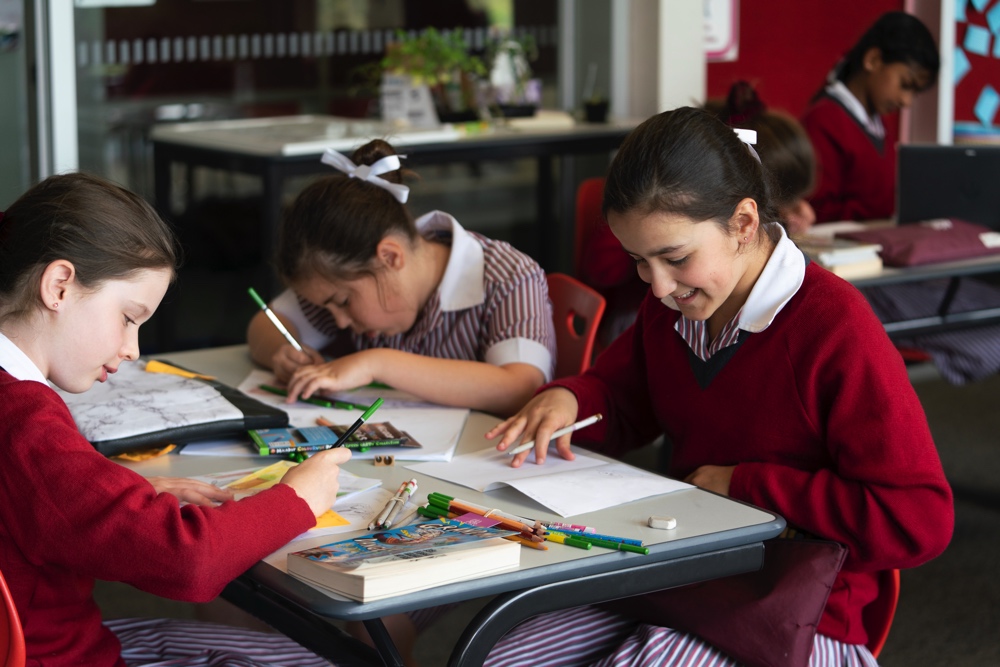
Guiding question
What does it take to survive a bushfire?
Purpose of the expedition
The expedition focused on how plants, animals and communities respond and adapt to bushfires.
Learning targets
- explain how Australian plants and animals adapt to bushfire
- explain the impact of bushfires on the environment and the community
- plan, write and edit a children’s picture book
- present opinions on the impact of illustrations and text in picture books and discuss the author’s purpose.
Subjects
- Geography
- Science
Case Studies
- Community Impact
- Flora and Fauna
- Telling the Story
In the first case students were exposed to a range of primary and secondary sources to explore the impact of fire on Australian vegetation and the significance of fire damage on communities.
They developed their Geographical Inquiry skills by locating, collecting and interpreting information from maps. Through small group discussions they made connections between the climate, environment and location of bushfires. Using information from a range of sources about the 2009 Victorian bushfires, they represented data, the location of places and characteristics on small scale maps. Students developed their understanding of the use of cartographic conventions of border, scale, legend, title and north point.
They explored different community perspectives for fire prevention.

In the second case study, students looked in detail at a variety of plant and animal species and analysed how adaptations help these species to survive bushfires. Students went on to plan and conduct an experiment, simulating the conditions before or after a bushfire: reduced water, and reduced light due to fallen trees. They predicted the effect of changing variables when planning an investigation and considered how to make it a fair test. Students observed their plant over a prolonged period, making detailed notes and sketching observational diagrams.

In their third case study students analysed a variety of children’s picture books and looked at the choices authors and illustrators make to create impact and meaning. The students prepared an oral presentation, “What has more impact in children’s picture books: words or pictures?”, and in doing so closely analysed texts to form an opinion and provide examples.
Students went on to write a picture book aimed at 3 – 5 year old children, which told the story of an animal during a bushfire. They wrote, edited, redrafted and illustrated the picture book, thinking deeply about the young reader and the genre of picture books.


Creative outcomes
Students wrote many drafts of their book, receiving verbal and written feedback after each draft. Following the expert advice from authors Anna Walker and Jackie French, the students created ‘dummy books’ as initial drafts, and reworked them multiple times. As an author/illustrator would receive ‘edits’ and ‘notes’ from an editor in the real world, we used this same model in the classroom.
Beautiful work
The students’ final picture books were created using the Book Creator app. Illustrations were scanned in, and the text added. These were shared with younger children at the school. The books were then officially ‘launched’ at a launch party and celebration of learning.
Real world links
- A selection of student work will be posted on the Moonlit Sanctuary website.
- Author experts will be reading the books.